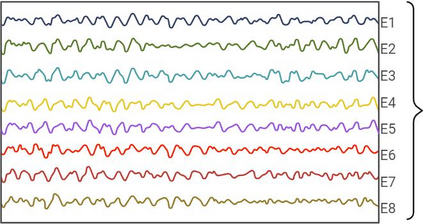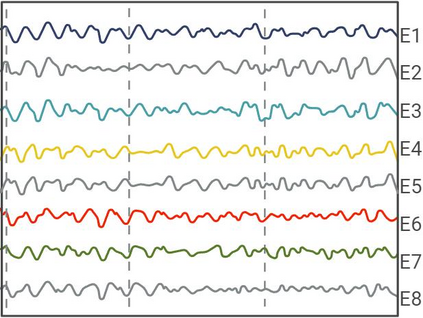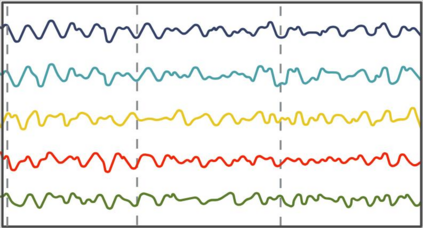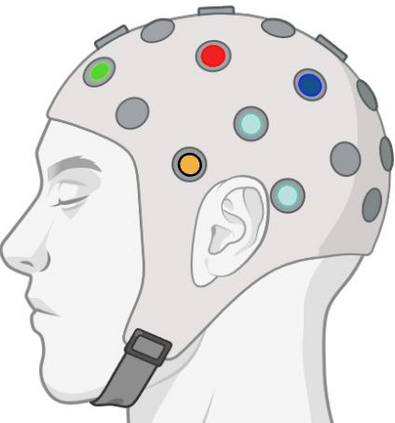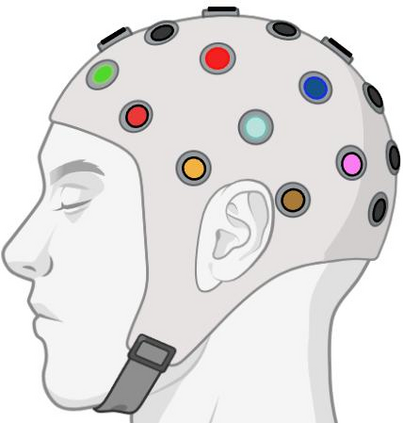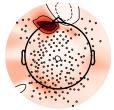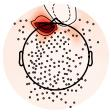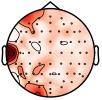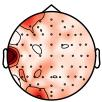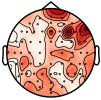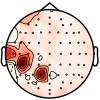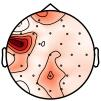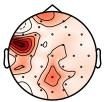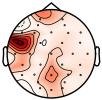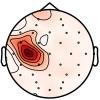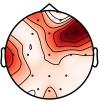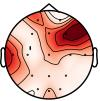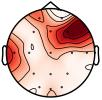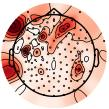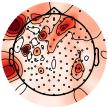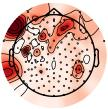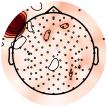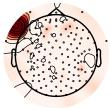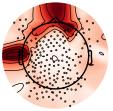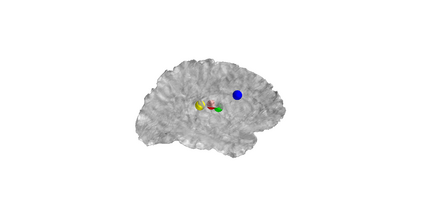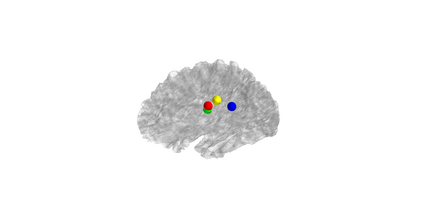Electroencephalogram (EEG) technology, particularly high-density EEG (HD EEG) devices, is widely used in fields such as neuroscience. HD EEG devices improve the spatial resolution of EEG by placing more electrodes on the scalp, meeting the requirements of clinical diagnostic applications such as epilepsy focus localization. However, this technique faces challenges such as high acquisition costs and limited usage scenarios. In this paper, spatio-temporal adaptive diffusion models (STADMs) are proposed to pioneer the use of diffusion models for achieving spatial SR reconstruction from low-resolution (LR, 64 channels or fewer) EEG to high-resolution (HR, 256 channels) EEG. Specifically, a spatio-temporal condition module is designed to extract the spatio-temporal features of LR EEG, which then serve as conditional inputs to guide the reverse denoising process of diffusion models. Additionally, a multi-scale Transformer denoising module is constructed to leverage multi-scale convolution blocks and cross-attention-based diffusion Transformer blocks for conditional guidance to generate subject-adaptive SR EEG. Experimental results demonstrate that the proposed method effectively enhances the spatial resolution of LR EEG and quantitatively outperforms existing methods. Furthermore, STADMs demonstrate their value by applying synthetic SR EEG to classification and source localization tasks of epilepsy patients, indicating their potential to significantly improve the spatial resolution of LR EEG.
翻译:暂无翻译








